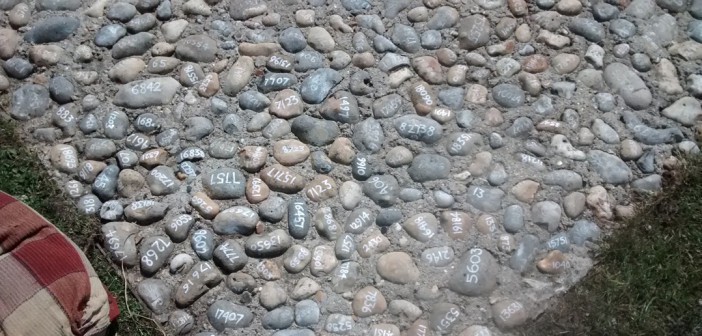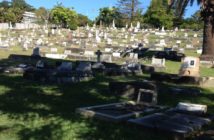The other Saturday night I spent one of the most pleasant evenings for a long time over at my neighbours for dinner. Of German descent she was having a raclette evening with a contemporary version of the traditional cheese melting process. Modern means you can melt and create at the dining table rather than sitting in front of an open fire. Most of the other dinner guests were German or Swiss and at times a language other than English would flow around the table and weave between people.
One of our United Kingdom readers Gerard Dixon has contributed his observations, feelings and images while walking in Folkestone.
Gerard says: “I live quite near to Folkestone and Folkestone is closely linked to WWI as it was the main departure point for France.
I do not visit Folkestone very often, but today I needed to shop there. I parked the car some distance from the shops and walked along the Leas, well above sea level with glorious views across the channel. A typical Victorian/Edwardian promenade…
Whilst walking…I spied some unusual activity. A young man on his knees writing on a cobbled surface and a young woman with a pressure sprayer cleaning the same.

Remembering: this simple war memorial in Folkestone is remembered as it is cleaned
A closer look revealed the cobbles were all numbered and that the “graffiti” artist was actually repainting the numbers. These numbered stones represent a British soldier killed on the first day of the Battle of the Somme (one per soldier).”
Gerard writes “I was quite moved.”
One of Gerard’s relatives is the late John Dixon a WWII Royal Airforce sergeant rear gunner with 75 NZ Squadron. The sole survivor of his bomber which crashed near the village of Dose in July 1942 John spent the bulk of the war in Stalag 8B. While a POW he joined a literature and writing group… and carried some of my poetry home with me.
‘Autumn’
Stalag 8B, Lamsdorf, 1942
The soft sound of the cold,
crooning, Silesian wind,
moving the tall, dark trees
beyond a world of wire,
reminds me of the old
and rugged, northern fells.
Of gravel scaurs and screes,
a kettle singing breeze
above the summer’s fire…
Again the snarls of war
upon a training ground.
O Wind, your songs are drowned
by loud the battle noise
a sudden sound of bells…
O Time, the simple joys
in days when we were free
to watch the leaves of autumn
fall from an English tree…
John Dixon
‘Stalag Snowfall’
Stalag 8B, Lamsdorf, 1944
Snow falling
whirling and swirling.
No calling
of birds.
Soft words
drifting over
the hush of morning…
Suddenly excited
voices of men, sounding
more like boys,
hoping soon to be rounding
the clean, cold whiteness
into the brightness
of shining snowballs.
Hurling or curling
balls of beauty;
glittering grenades
of Silesian snow.
John Dixon
John was not only the sole survivor of the bomber crash, he escaped a second death. He was immediately captured by civilians and handed over to a German soldier to be shot. The story John told his children was that a young German member of the Wehrmacht, Heinrich Dirks just happened to be passing and intervened, “ with real courage (he) actually wrestled me free and insisted that I was a prisoner of war and an airman, and had a right to be interrogated by the Luftwaffe… I was then taken to a local pub and from there moved to the Wilhelmshaven naval hospital…” He told his childrend that towards the end of the war he was force marched in front of the advancing Russian Army. He always said he had survived the war because of the kindness of ordinary German people.
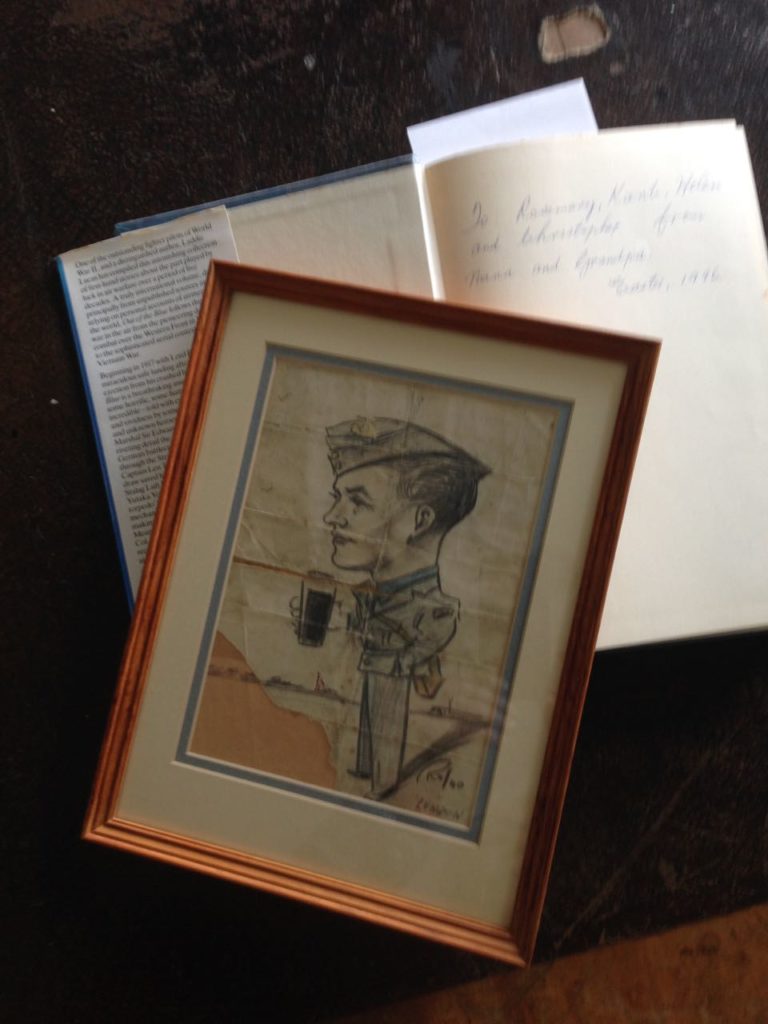
John Dixon 613966
And Heinrich Dirks? “At 19 years of age in 1943 he was sent to the Russian Front in an infantry regiment. He was captured and became a POW.” His family never heard from him again.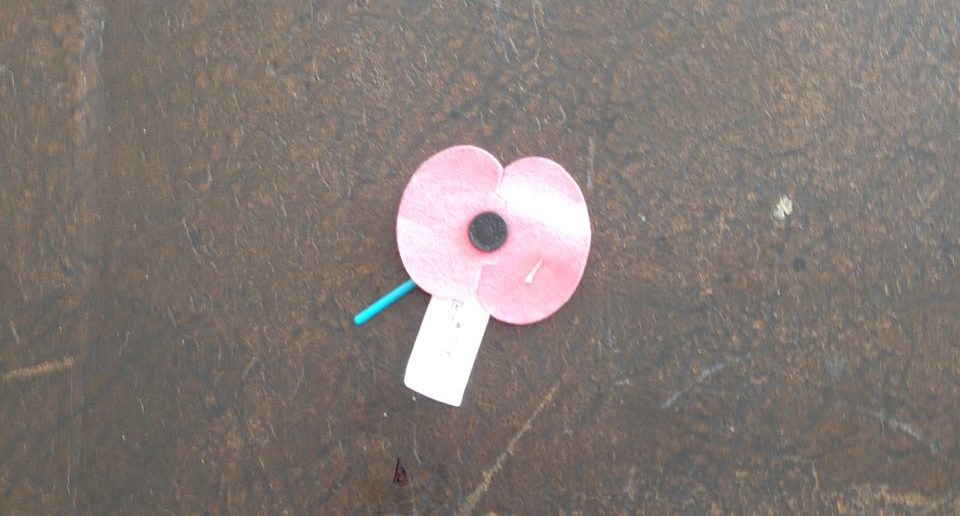
John’s poems were published in OUT OF THE BLUE The Role of Luck in Air Warfare 1917-1966 edited by Laddie Lucas , Hutchinson & Co (Publishers) Ltd, London 1985.
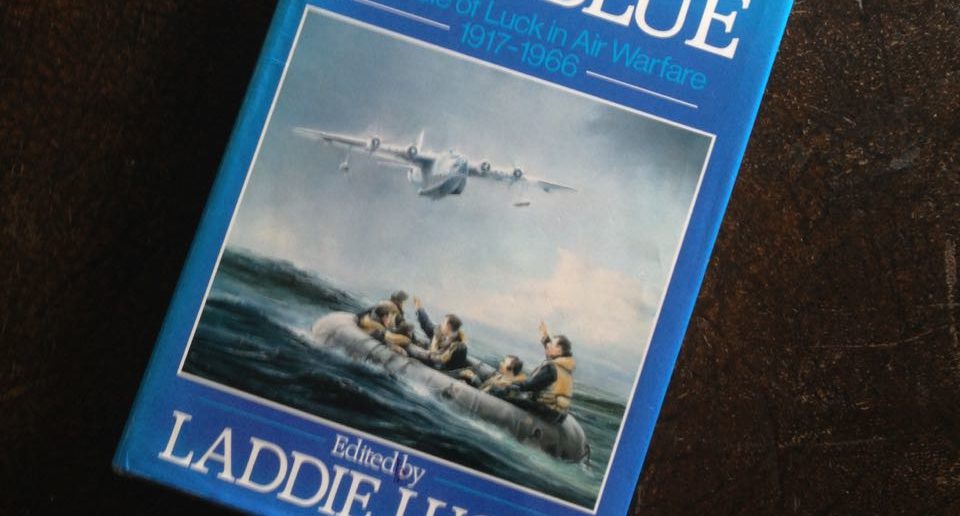
A different perspective
Gerard Dixon: Gerard is a member of a very large extended family whose members now live in almost every place on earth. Gerard is “a tie that binds”. He seeks out and shares information about the family to its members so they can remember where they came from.
Rosemary Balu. Rosemary Balu is the founding and current Managing Editor of ARTbop. Rosemary has arts and law degrees from the University of Auckland. She has been a working lawyer and has participated in a wide variety of community activities where information gathering, submission writing, community advocacy and education have been involved. Interested in all forms of the arts since childhood Rosemary is focused on further developing and expanding multi-media ARTbop as the magazine for all the creative arts in the Bay of Plenty, New Zealand. Rosemary is one of the members of Gerard’s international family.
You may also be interested in reading Rosemary’s contribution Wimpy ZI596: the little ginger man.
ARTbop
the Bay of Plenty’s creative arts magazine!
read us online anywhere, anytime!


